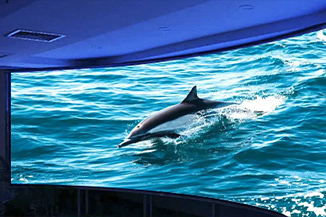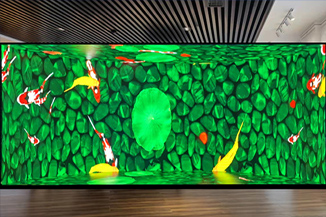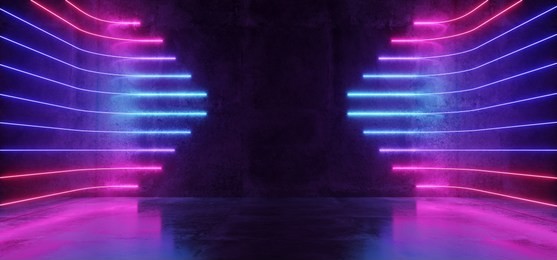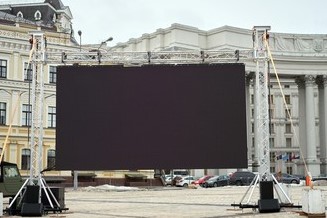Publisher: Supplier of LED Display Time: 2022-03-31 16:28 Views: 1923
Due to the large number of installations of LED display screens, the display screen produces a large number of harmonics, causing faults such as overheating and tripping of the zero line. So what is the harmonic control scheme of LED display screen? Next, Liancheng sends a small series to introduce them to you one by one.
LED display harmonic problem - the zero line current is too large!
In fact, not only LED displays will have this problem, but some advertising light boxes using electronic ballasts will also have similar problems. The reason for this problem is that the power supply of the LED display is a switching power supply. The input end of the switching power supply is a rectifier circuit, so it is a typical source of harmonics. The harmonic current of the single-phase bridge rectifier circuit has the 3rd, 5th, 7th, 9th and so on. The 3rd harmonic current is arithmetically superimposed on the zero line, and the effective value is 1.73 times that of the phase line current. Since the cross-sectional area of the neutral wire is the same as that of the phase wire during wiring, when the phase wire reaches the rated current, the current on the neutral wire will exceed the rated current value, resulting in overheating of the neutral wire.

One thing to note is that when alternating current flows on a conductor, there is a physical phenomenon called the skin effect, or skin effect. The skin effect means that the alternating current is not uniformly distributed in the conductor, but concentrated on the surface of the conductor. The higher the frequency of the alternating current, the more pronounced this effect is. The current is concentrated close to the surface, meaning that the actual cross-sectional area of the conductor is reduced. Therefore, when the 3rd harmonic current flows in the neutral line, the neutral line presents a greater resistance to the 3rd harmonic current.
The AC resistance is proportional to the square root of the frequency, so the resistance of a conductor to the 3rd harmonic current is 1.7 times the resistance of the fundamental current. According to the calculation of power P=I2R, the calorific value of the third harmonic current of the same amplitude is 1.7 times that of the fundamental current. This exacerbates the overheating of the neutral wire.
We know that when a current flows through a conductor, it will cause the conductor to heat up, and the heat generated is proportional to the resistance of the conductor and proportional to the square of the current flowing through the conductor. Therefore, if the cross-sectional area of the neutral line and the phase line is the same, when the current of the neutral line reaches twice the current of the phase line, the heating value of the neutral line is 4 times that of the phase line. If the cross-sectional area of the neutral wire is 1/3 of that of the phase wire, the resistance of the neutral wire is 3 times that of the phase wire, and when the current of the neutral wire reaches 2 times the current of the phase wire, the heating value of the neutral wire is 12 times that of the phase wire. !
Through the above analysis, we know that when the current on the neutral line exceeds the current on the phase line, it will inevitably lead to overheating of the neutral line, which may cause a fire. Excessive current on the neutral line is a serious fire hazard, because there is no overcurrent protection device on the neutral line, unlike the fuse and other devices on the phase line, when the current is too large, the current is cut off. When the current is too large, the temperature can only be allowed to rise, which will accelerate the aging of the cable and even cause a fire.
The targeted LED harmonic control solution method is to install the LB3NPF series third harmonic current neutral line filter on the neutral line of the power input end of the LED display screen. It is a special filter specially developed for all kinds of single-phase rectifier circuits that cause excessive third harmonic current and high neutral current. Potential faults related to excessive neutral current caused by harmonics.




